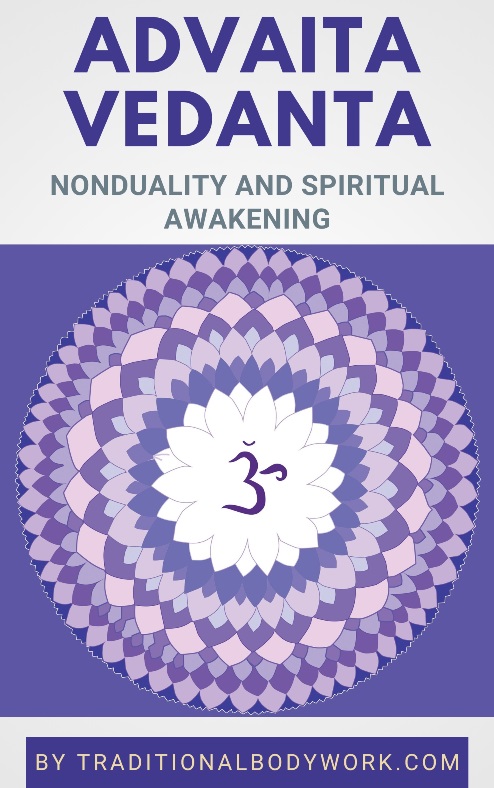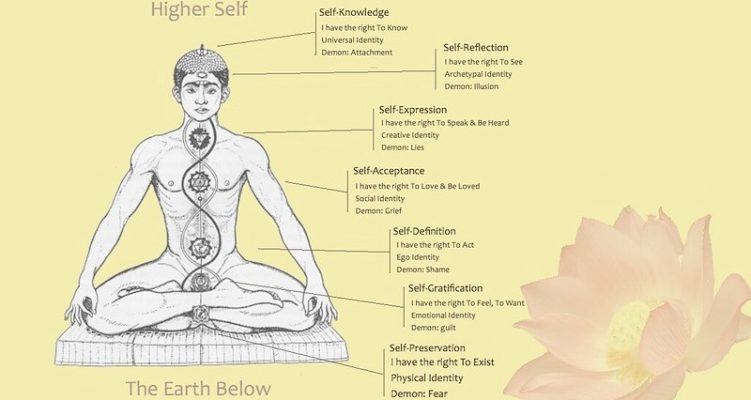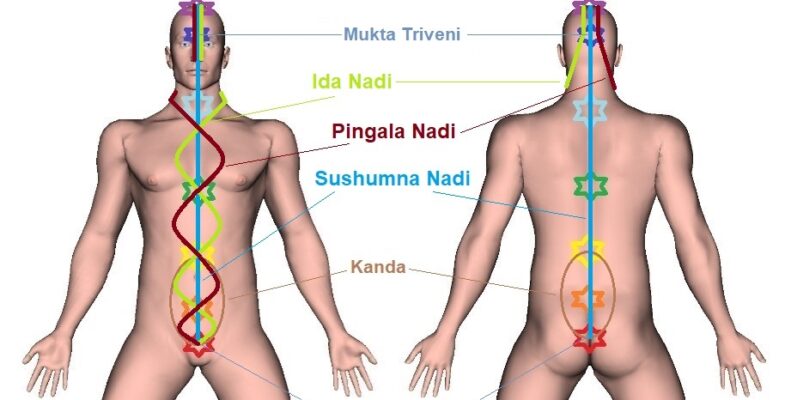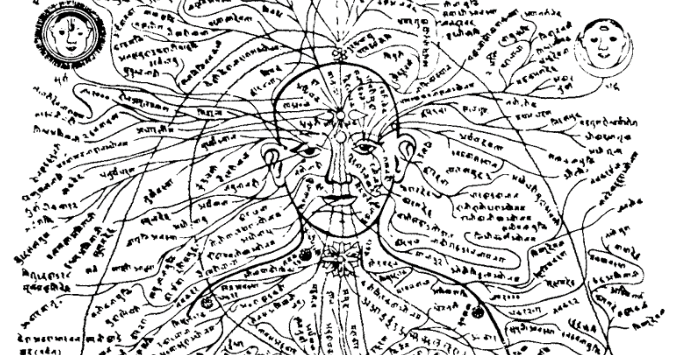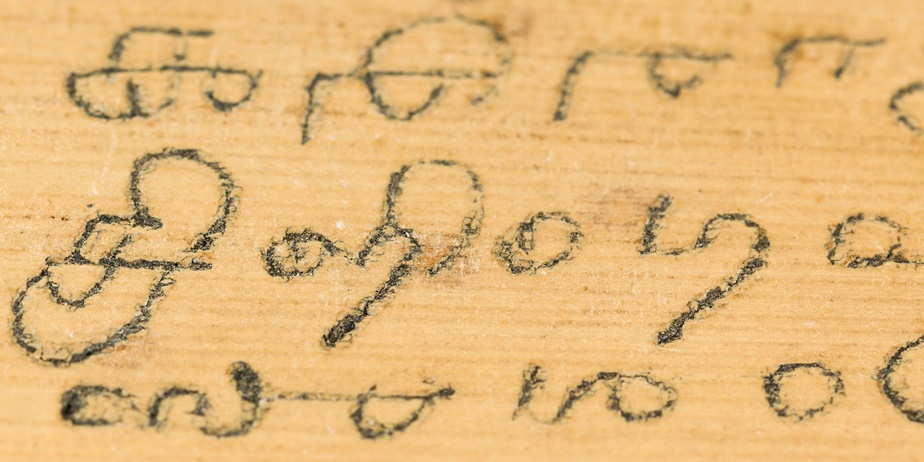
Sanskrit is the ancient Indo-European language of India, a language in which the classical Hindu, Buddhist, and Jain scriptures and epic poems are written, and from which many northern Indian languages are derived. It’s era as a living language is generally defined as between 1500 – 600 BCE (for Vedic Sanskrit), and 700 BCE – 1350 CE (for Classical Sanskrit).
Yoga Texts in Sanskrit
One of the problems of studying the ancient Sanskrit texts that reference the Yoga Nadis (Prana Energy Channels) is that Sanskrit was historically written in many different scripts (note: a script is defined as a language writing system that uses specific symbols to write down characters, words, sounds, concepts or ideas, etc.).
Hence, these different script systems in which Sanskrit was written are not Sanskrit itself, but phonetic representations of how words in Sanskrit sound. As such, depending on the script used for noting Sanskrit, it could potentially make for different sounds, which could result in a significant difference in interpretation and meaning.

It also implies that if you would translate different texts (written in different Sanskrit scripts) to, for instance, English, you may subsequently obtain different results.
Another issue is that the Roman alphabet (i.e. Latin alphabet), which is used for writing English and other European languages, cannot typically represent the full variations of sounds found in Sanskrit. This can be resolved if authors follow the International Alphabet of Sanskrit Transliteration (IAST) in their translations, which would allow for lossless translation of the original Sanskrit sounds. Yet, not all translators use or have used IAST, and therefore we may find different English translations of the same Sanskrit text, even if written in the same script.
Many of the Sanskrit text studied nowadays are written in Devanagari (also called Nagari), which is an “alphabet” i.e. script used for Sanskrit, Hindi, and other Indian languages. It is based on the ancient Brahmi script (already in use in the 3rd century BCE), and was in common use by the 7th century CE.
Nevertheless, not all original Sanskrit texts that reference Yoga or Yogic concepts were written (or found) in Devanagari, and as such this may also result in different translations. In fact, Sanskrit doesn’t have a native script, and can be found written in various Brahmic script systems. That is, the same Sanskrit texts are sometimes available in more than one type of script (and in more than one version, by the way).
Example of the Darshana Upanishad
Now, let’s take as an example the following citation from the Darshana Upanishad about Hastijihva Nadi, one of the fourteen principal Nadi Energy Channels.

Depending on the version of the Darshana Upanishad — most classical texts on Yoga exist in different versions — you will find that “Hasti-jihva goes to the big toe of the right foot” or “Hasti-jihva goes to the big toe of the left foot.” This is clearly a contradiction.
So, as said, the thing here is that there are different versions of the Darshana Upanishad (a text predominantly about Yoga, dated between 100 BCE to 300 CE, maybe even later), which appeared under different names as Darshana Upanishad, Yoga Darshana Upanishad, Jabala Darshana Upanishad, Jābāladarṣana Upanishad, and Darśanopaniṣad. Moreover, you can come across different translations of the same version.
The above is one of the main problems with finding accurate knowledge about the Nadis. As it appears, the same text can give different locations or pathways for the same Nadi, depending on what Sanskrit version (or what translation of the same Sanskrit version) of the text you take.
Hence, depending on the text or translation you take, you can come to a different result. If you look at the Darshana Upanishad Sanskrit text published at Sanskritdocuments.org, you will find that the literal translation (page 7) says: “The tongue of an elephant is also called the end of the thumb of the left foot” (mind that “tongue of an elephant” is the literal translation of the Sanskrit word Hasti-jihva).
Another core Sanskrit text translation of the Jabala Darshana Upanishad as available in the book 112 Upanishads (Parimal Publications, Delhi, 2018) translates as: “The Sarasvati nerve is extended up to the tongue and the Hastijivha nerve up to the left thumb of the foot.”
But if you take the translation at Classicyoga.co.in, you will find that it says “Hasti-jihva to the big toe of the right foot,” which perhaps is an error in translation, but this is exactly why things become confusing.
In Conclusion
I think the various issues with translations of Sanskrit texts about Yoga or references about Yoga Nadis have become clear in the discussion above. To make a long story short: it’s difficult to find “the truth.”
The only thing we can do is to be candid about these differences and bring them up to the surface, instead of trying to disguise them and claim as a certainty that a specific Nadi runs so and so in the body, or ends here or there, and so on.
It perhaps doesn’t make the Nadi “system” more beautiful, but then again — as the saying goes — “beauty is in the eye of the beholder.”



